Nanobots That Check Your Health
26 October 2021
Experts predict that the market for nanotechnology will continue to increase by over 25% between 2021 and 2029, starting from $121.6 billion in 2020. Medical applications for nanorobots will dominate that market, making up over 35 percent of the sector.
Medical scientists are working hard on nanotechnology, looking for ways to use nanobots to open up new possibilities for health diagnostics and treatments.
Wondering what nanorobots (also called nanobots) are and what their medical applications might be? Let’s get into the details of this exciting new field.
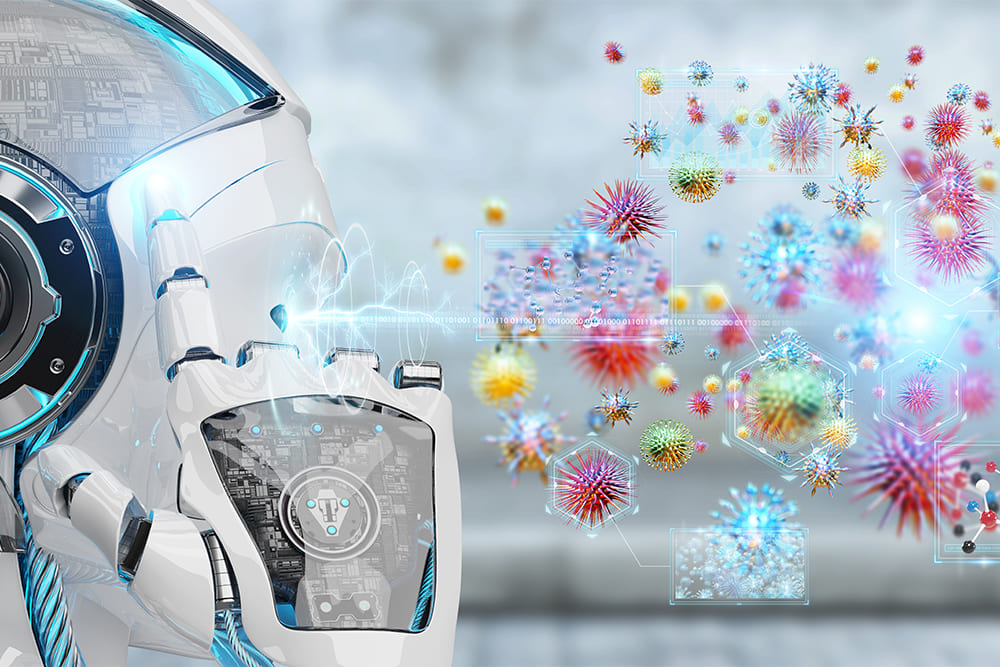
How Small Are Nanobots?
Some people just mean “very small” when they talk about nanorobots. But scientifically speaking, the term “nano” means that the object is less than a micron in two or three different dimensions.
Nanorobots incorporate the functions of computers – including sensing and processing information – then use that information to take action. And with a nanobot, all this happens at a scale that is smaller than a single cell. All nanorobots include some method of interaction, meaning you can do things like switch it on, move it around, or read data from it.
Nanobots for Cancer Treatment
Researchers are already testing DNA robots to try to seek out and eliminate cancer cells. Programmed DNA strands move through animals’ bloodstreams, injecting clotting drugs into blood vessels around tumors to cut off their blood flow.
Nanobots could also bring cancer-fighting agents like radioactive material directly to tumors (even across the blood-brain barrier).
Other Medical Uses for Nanorobots
- Destroying tissue during surgery (when the particle is heated by a laser or magnetic field)
- Scraping plaque from arteries to help prevent heart attacks
- Acting as scaffolding to support the rebuilding of nerves or blood vessels
- Detecting cancer cells for earlier diagnosis
- Delivering contrast agents to help with imaging
- Establishing a global “superbrain” where human thought might be transferred to an artificial interface (for brain-state monitoring and real-time data extraction)
Researchers have been working on micro and nanorobotics for decades, and soon we may start seeing clinical trials of some of the medical advances that come from that research. Look for major advances in the diagnosis and treatment of disease as scientists unlock the real power of putting robots inside human beings.
Related Articles
The Important Difference Between Agentic AI And AI Agents
By now, “smart” versions exist of just about every home appliance, gadget and gizmos we can think of. However, manufacturers continue[...]
Why Trust Is The Missing Ingredient In Your AI Strategy
By now, “smart” versions exist of just about every home appliance, gadget and gizmos we can think of. However, manufacturers continue[...]
Forget ChatGPT: Why Agentic AI Is The Next Big Retail Disruption
By now, “smart” versions exist of just about every home appliance, gadget and gizmos we can think of. However, manufacturers continue[...]
OpenAI’s GPT-5 Is Coming: Here’s What We Know So Far
By now, “smart” versions exist of just about every home appliance, gadget and gizmos we can think of. However, manufacturers continue[...]
6 Powerful AI Prompts That Will Help You Learn And Ace Exams (Without Cheating)
By now, “smart” versions exist of just about every home appliance, gadget and gizmos we can think of. However, manufacturers continue[...]
5 Fatal GenAI Mistakes That Could Destroy Your Business In 2025
By now, “smart” versions exist of just about every home appliance, gadget and gizmos we can think of. However, manufacturers continue[...]
Sign up to Stay in Touch!
Bernard Marr is a world-renowned futurist, influencer and thought leader in the fields of business and technology, with a passion for using technology for the good of humanity.
He is a best-selling author of over 20 books, writes a regular column for Forbes and advises and coaches many of the world’s best-known organisations.
He has a combined following of 4 million people across his social media channels and newsletters and was ranked by LinkedIn as one of the top 5 business influencers in the world.
Bernard’s latest book is ‘Generative AI in Practice’.




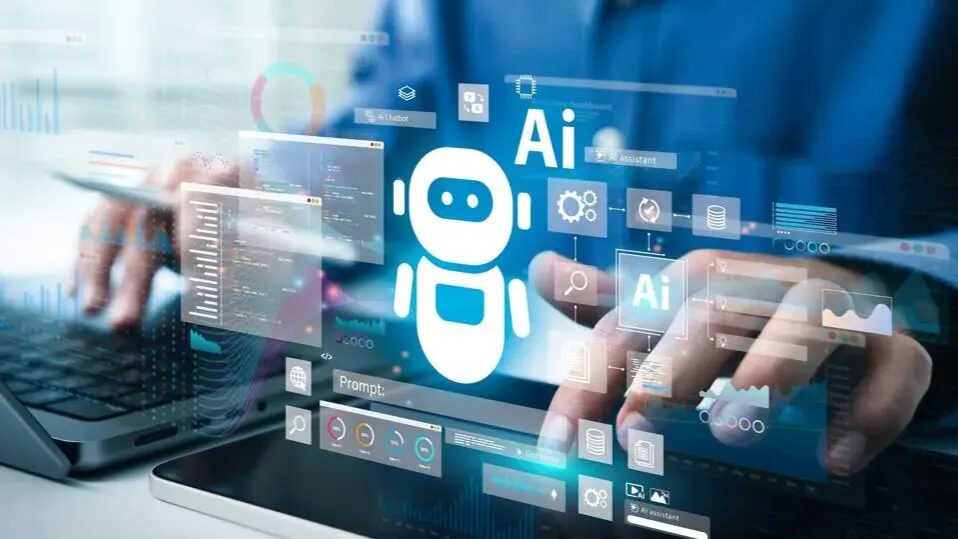

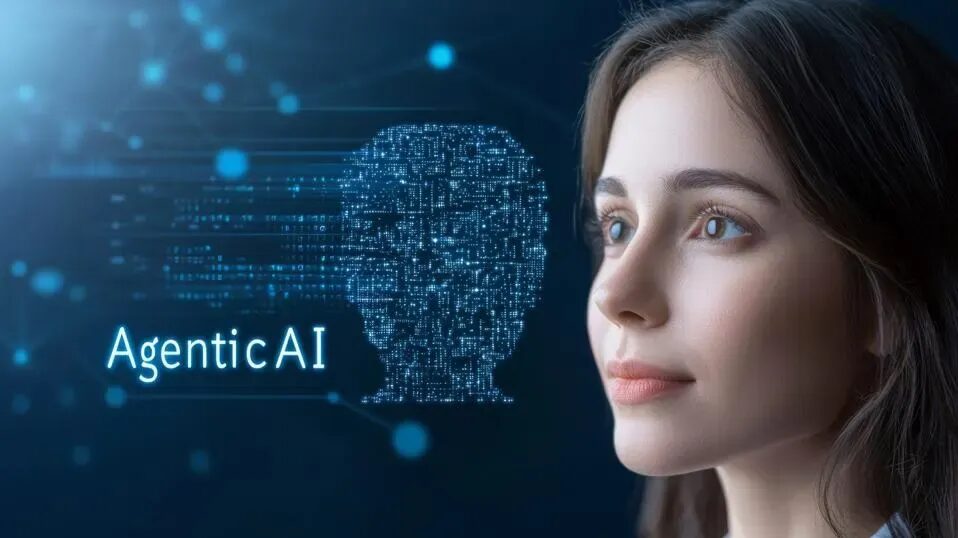
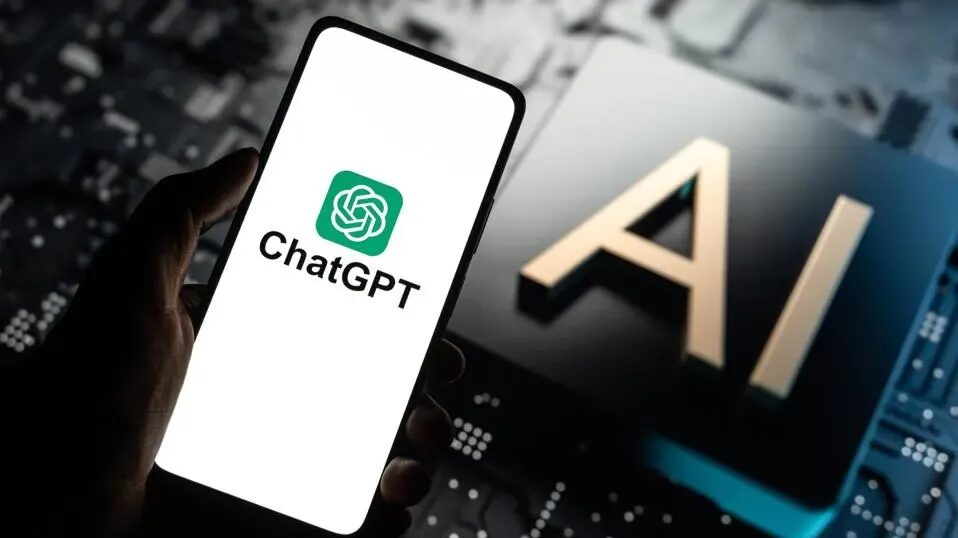
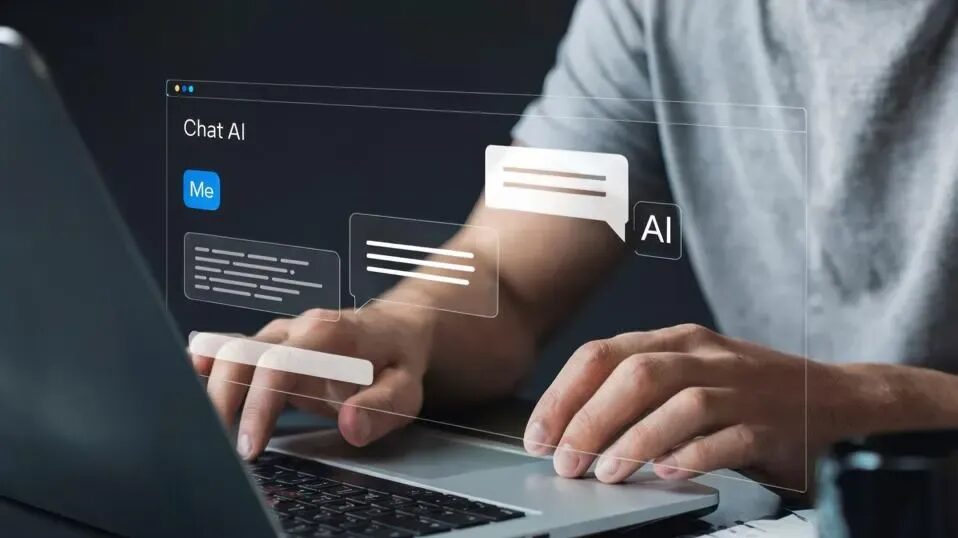

Social Media